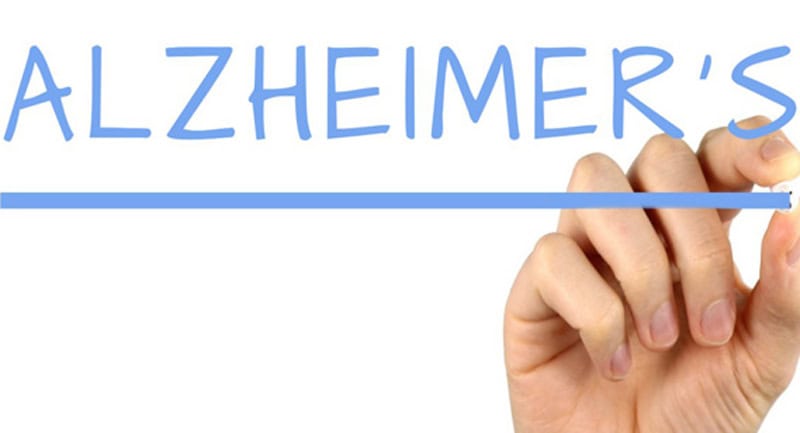New York: A potent neuroprotective and anti-inflammatory chemical in a native California shrub may lead to treatment for Alzheimer’s disease, say researchers.
The plant called Yerba santa, dubbed as “holy herb” in Spanish by native California tribes, has long been used to treat respiratory ailments, fever and headaches as well as for wounds, sore muscles and rheumatism.
A team of scientists from the Salk Institute identified from Yerba santa a molecule called sterubin, with a potent anti-inflammatory impact on brain cells known as microglia.
It was also an effective iron remover — potentially beneficial because iron can contribute to nerve cell damage in ageing and neurodegenerative diseases.
Overall, the compound was effective against multiple inducers of cell death in the nerve cells, said Pamela Maher, a member of Salk’s Cellular Neurobiology Laboratory.
“This is a compound that was known but ignored,” said Maher, in the paper appearing in the journal Redox Biology.
“Not only did sterubin turn out to be much more active than the other flavonoids in Yerba santa in our assays, it appears as good as, if not better than, other flavonoids we have studied,” she added.
To identify natural compounds that might reverse neurological disease symptoms, Maher applied a screening technique used in drug discovery to a commercial library of 400 plant extracts with known pharmacological properties.
Sterubin was found as Yerba santa’s most active component.
Next, the team plans to test sterubin in an animal model of Alzheimer’s, then determine its drug-like characteristics and toxicity levels in animals and later in humans.
[source_without_link]IANS[/source_without_link]

